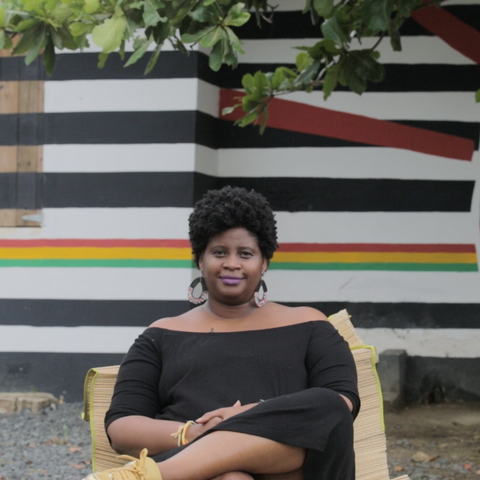Puerto Rico, a colony of the United States since 1898―and a colony of Spain for 400 years before ―was very much subjected, by the empires and local criollo elites, to eugenicist ideas. “Race” science, in the first-half of the twentieth century, allowed criollo elites to create new racializing parameters while inserting “progressive” measures of social hygiene, public health, and eugenics to promote ideas of modernization, progress, and civilization. These seemingly progressive ideas were cemented on the figure of “el jibaro” (a white Puerto Rican farmworker) as the mythical symbol of the Puerto Rican nation which is constructed as a product of the mixture of Black, indigenous, and Spanish. Discursively constructing Puerto Ricanness as the mixture of three “races” allows for an erasure of racialization processes and the systematic racist structure of Puerto Rican nationalism as an all-inclusive ideology of exclusion. The conflation of these three “races” to create a white/light-skinned farmworker signify an erasure of the “factors”/bodies that were assumed to compose the idea behind Puerto Rican nationalism. Additionally, by seeing these three “races” as a mere factor for the creation of the “jibaro” it invisibilized those bodies which—in the criollo elite’s views—did not belong unless they were to “better the ‘race”(an intrinsic eugenic idea rooted in popular belief around certain kinds of racial mixture “pa’ mejorar la raza”). Hence, Blackness and Indigeneity in Puerto Rico are discursively mounted to create a seemingly mixed—dare I say, post-racial—society as long as Black and indigenous bodies mix and assimilate to the “jibaro nation.” This is to say, everything that falls outside of the national symbol of the “jibaro”—which strives for a lighter skin—becomes systematically pathologized. Hence, even if mixed-race identity is assumed to be the organizing principle, it is anti-Blackness and the systemic striving to achieve whiteness that operates as the driving force of Puerto Rican society.
R. Sánchez-Rivera, “Shilling for U.S. Empire: The Legacies of Scientific Racism in Puerto Rico,” The Abusable Past, June 22, 2020. https://www.radicalhistoryreview.org/abusablepast/shilling-for-u-s-empire-the-legacies-of-scientific-racism-in-puerto-rico/.





